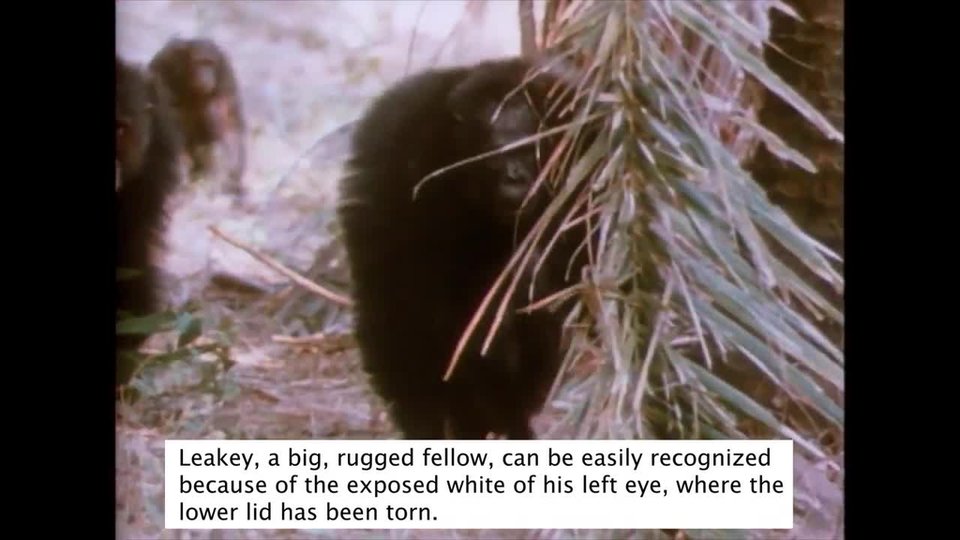
flowersinGeorgeWashington's garden
It’sabeautifulsummerday,andI’mstandinginthemiddleofGeorgeWashington’sgarden.Idon’tthinkhe’dmind.He’sbeendeadformorethan220 years.Thebiggernewsisthatthegardenontheestateofourfirstpresidentisstillhereandblooming.I’mnottheonlyvisitor.MountVernon,locatedabout
28kilometers(18miles)outsideofWashington,D.C.,isvisitedbyaboutamillionpeopleevery year.
Theplants,flowers,bushes,andtreesthatareinthegardentodayaresimilartothosethatWashingtonplantedwhenhelivedhere.Ateamofresearchersandarchaeologistsworkedhardtorecreatethegardenasitwasin1787.Itwasnoeasytask.Howdidtheyknowwhatto plant?
Historianslearnaboutthepastbystudyingprimarysources.That’ssomethingthatwascreatedatthetimeunderstudy.Oftenhistoriansturntoartifactslikeletters,diaries,manuscripts,maps,oritemslikeclothingorjewelry.But,didyouknowthatnaturecanalsobeusedasaprimary source?
TheGeneral’sGarden
Writtendocumentstellusalotaboutthepast,butnoteverything.Theycanonlytelluswhatthewriterthoughtwasimportantenoughtorecord.Haveyoueverkeptadiary?Whatsortsofthingsdidyouwritedown?Whatdidyouleaveout?I’mguessingyourdiaryonlytoldapieceofyour story.
InthecaseofMountVernon,historiansdidhavealotofwrittenrecords.Washingtonkeptnotesonwhatwasbeingplantedbackhome,evenwhenhewasageneralfightingintheRevolutionaryWar.Weknowthattherewerefourmaingardensonthe grounds.
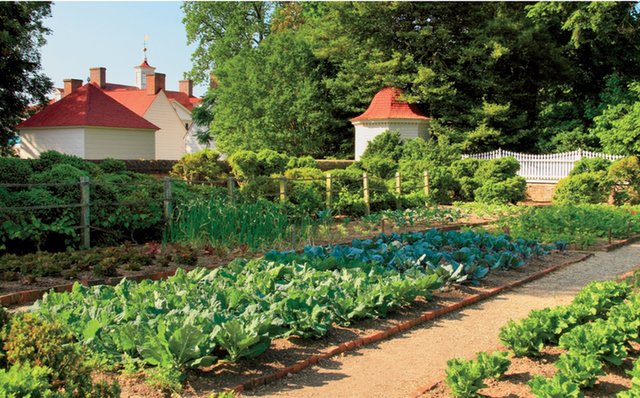
Atthecenterofeachuppergardenplantingbed,Washingtoninstalledrowsof vegetables.
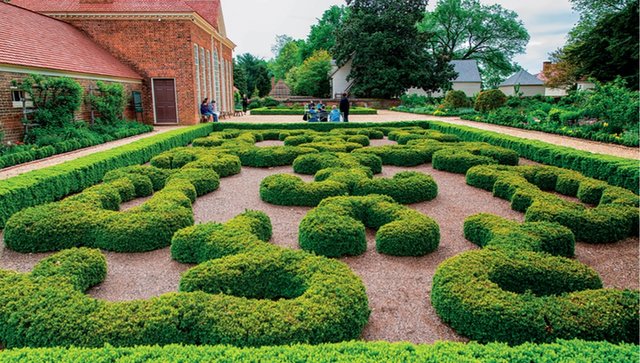
Theseuppergardenboxwoodsweresculptedintofancy shapes.
Theuppergardenwasfilledwithflowers,bushes,andexotictreesthatwereplantedinpatterns.Ithadfruitsandvegetableshiddeninthecenter.ThisformalgardenprovidedabeautifulspaceforWashingtontoenjoyandentertain guests.
RunningsolargeanestatemeantthatWashingtonhadalotofmouthstofeed.So,hehadalargegardenjustforfood,too.Fruitsandvegetablesgrewinplentyinthelower garden.
Washingtonusedhissmallbotanicgardenasalaboratory.It’swherehetesteddifferentplantstoseeiftheycouldthriveinVirginia'ssoil.Friendsandadmirerswouldsendhimseeds,bulbs,andcuttingsfromallovertheworldto test.
Lastly,Washington’sfailedattemptatavineyardturnedintoafruitgardenandnursery.Grapesdidnotthrivethere,butotherfruits did.
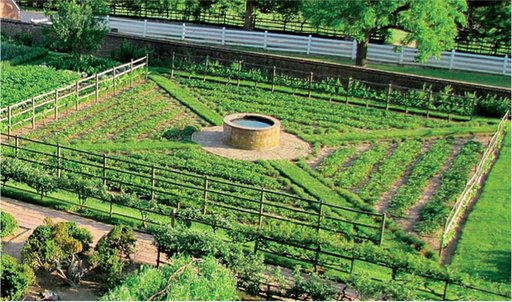
ThelowergardenwasusedtogrowmostofthefoodforMount Vernon.
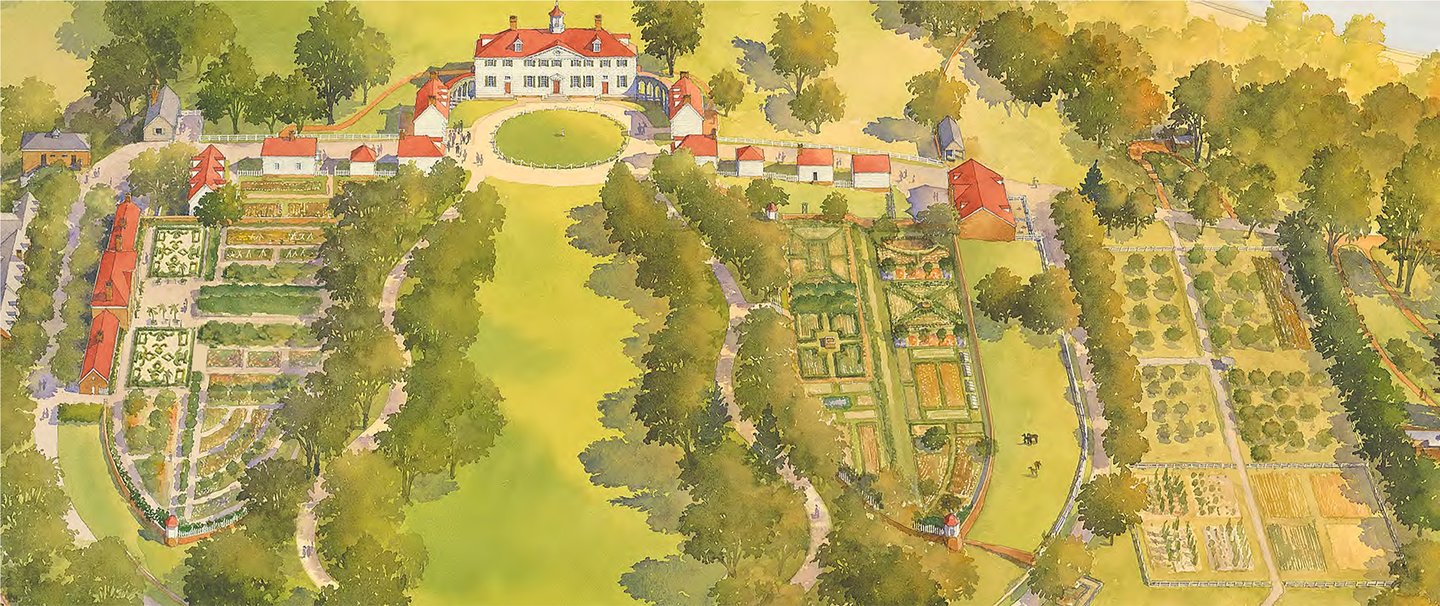
UPPER
GARDEN
BOTANIC
GARDEN
LOWER
GARDEN
FRUITGARDENAND NURSERY
mapofMount Vernon
TendingtheGarden
Washingtondidnottendtothesegardensallbyhimself.About90enslavedpeopletendedthelandforhim.Althoughmostenslavedpeoplewereilliterate,Washington’sgardenerscouldreadandwrite.Theykeptdetailedlistsandmadedrawingsofwhatwasplanted,when,and where.
Washingtoncloselysupervisedtheselists.Buthistoriansturnedtoothersourcesofinformationtoverifythewrittenrecords.Theylookedatthesoil itself.
ScientistsatMountVernoncananalyzesoiltolearnaboutitsfertility.ThiscanrevealcluesaboutWashington’sfarmingtechniques.ItcanalsoindicatewhyWashingtongrewcertainkindsofcropsatMount Vernon.
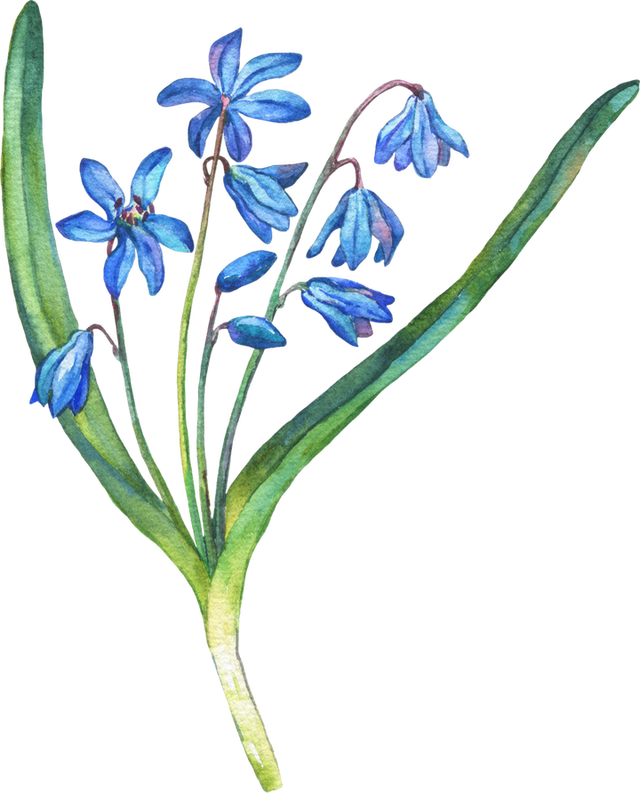
adrawingofalpinesquill wildflowers
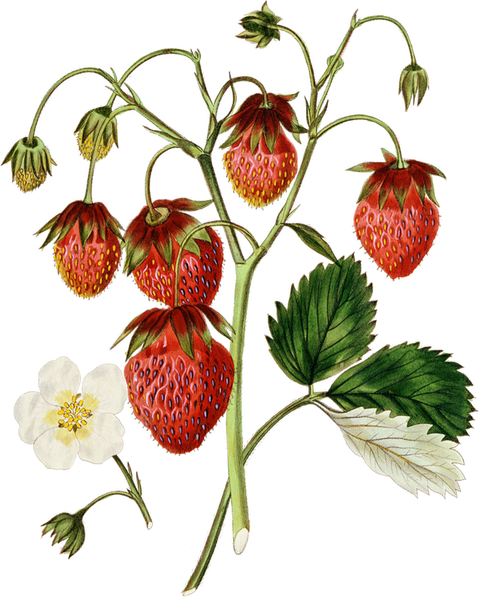
Inaletterfrom1798,afriendsentWashingtonafewscarletalpinestrawberry seeds.
JasonBoroughs,MountVernon’shistoricarchaeologist,hasspentalotoftimedigginginthedirt.MountVernon’steamofarchaeologistsandresearchersspentfiveyearsinWashington’supper garden.
Theteamworked,surveying,excavating,andanalyzingthegardentomakeitashistoricallyaccurateaspossible.TheystartedwithaseriesofplansdrawnbyamannamedSamuelVaughan.VaughanwasanEnglishmerchantwhovisitedMountVernonin1787.TheyconsultedVaughan’splansthenlookedatthegardenitself.Ithadbeenregrownin1985,buttheycouldseethatwhathadbeenplantedwasn’thistorically accurate.
